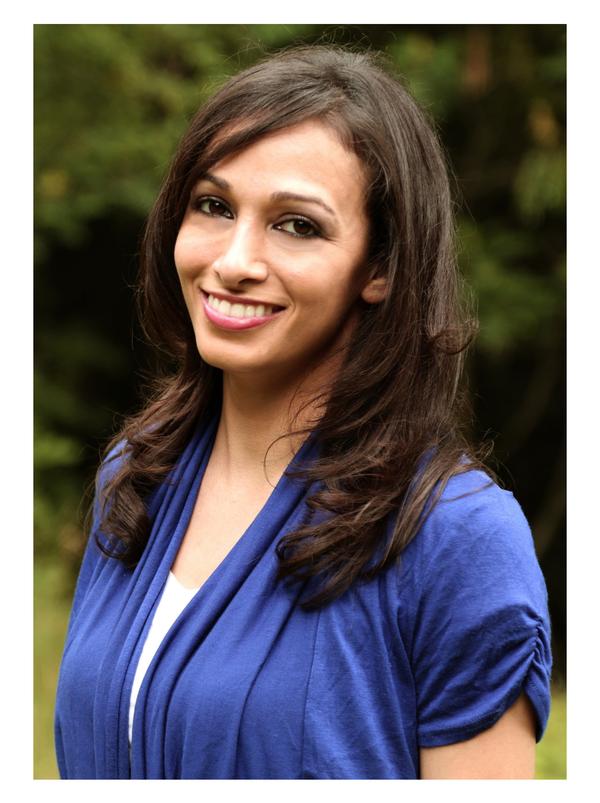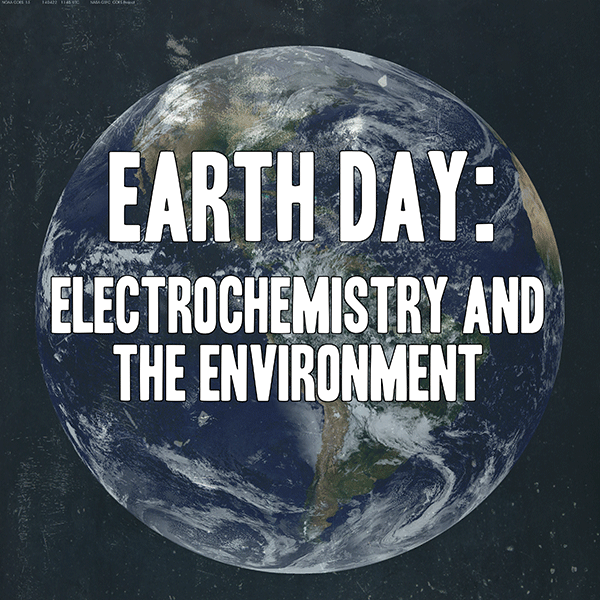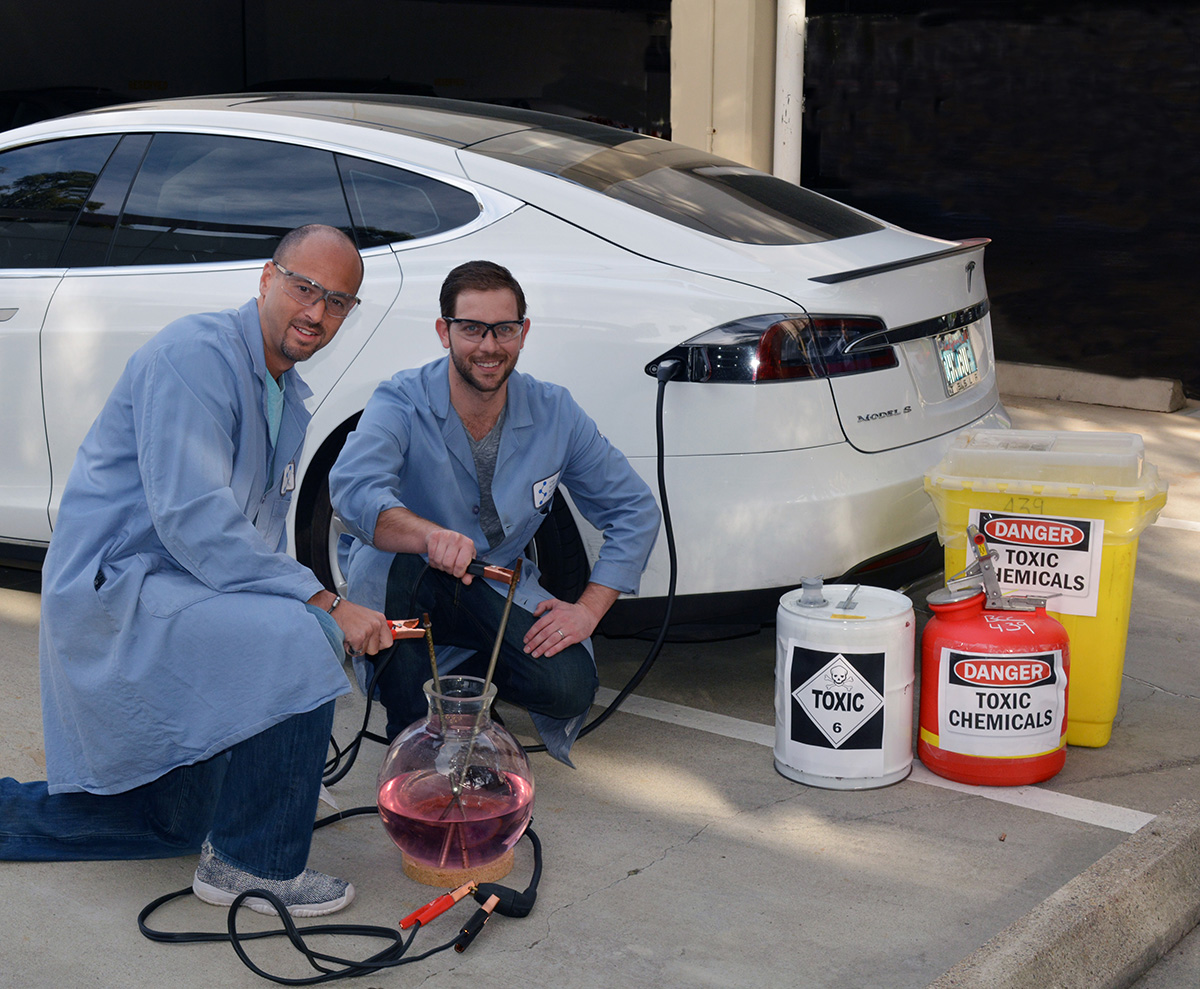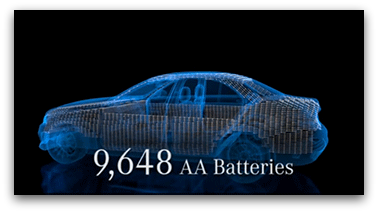
Dr. Ardemis A. Boghossian
The Roger Taylor Award is a travel grant for students and early career researchers who have achieved up to ten years of postdoctoral experience to attend the 229th meeting of The Electrochemical Society and submit to Symposium B: Carbon Nanostructures and Devices. The Roger Taylor Award is generously funded by the Taylor family as an endowment to the British Carbon Group.
Dr. Ardemis A. Boghossian
Institute of Chemical Sciences and Engineering (ISIC)
École Polytechnique Fédérale de Lausanne (EPFL)
The winner of the 2016 Roger Taylor award is Dr. Ardemis A. Boghossian who is currently an Assistant Professor at the Institute of Chemical Sciences and Engineering (ISIC) of the École Polytechnique Fédérale de Lausanne (EPFL). Dr. Boghossian received her BSE in Chemical Engineering at the University of Michigan – Ann Arbor. She holds a PhD in Chemical Engineering at the Massachusetts Institute of Technology and served as a Postdoc in the Department of Chemical Engineering at the California Institute of Technology.
Currently, Dr. Boghossian implements an interdisciplinary approach to addressing fundamental challenges and developing novel technologies that exploit the synergy between nanotechnology and synthetic biology. The award consists of a certificate and a £750 prize. Join us at the 229th ECS biannual meeting in San Diego where she will deliver Wrapped Up in Nanotubes: Dynamics of Wrapped Single-Walled Carbon Nanotubes (SWCNTs) within the B Symposia: Carbon Nanostructures and Devices.








 There may soon be a shift in the transportation sector, where traditional fossil fuel-powered vehicles become a thing of the past and electric vehicles start on their rise to dominance.
There may soon be a shift in the transportation sector, where traditional fossil fuel-powered vehicles become a thing of the past and electric vehicles start on their rise to dominance. Michael Shur will be awarded the 2016 ECS
Michael Shur will be awarded the 2016 ECS